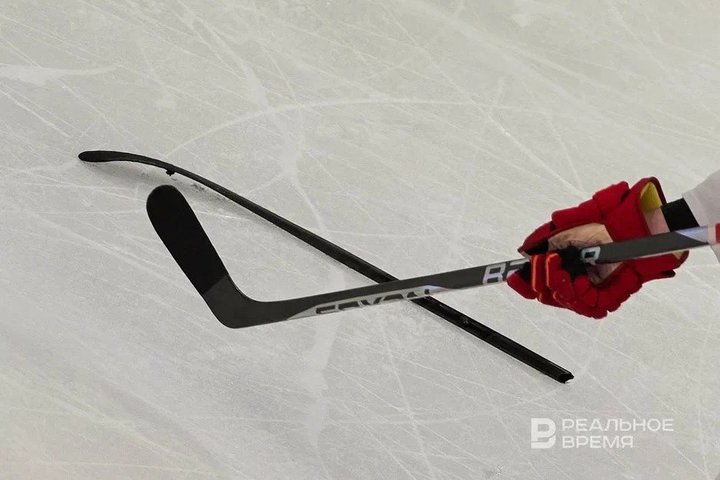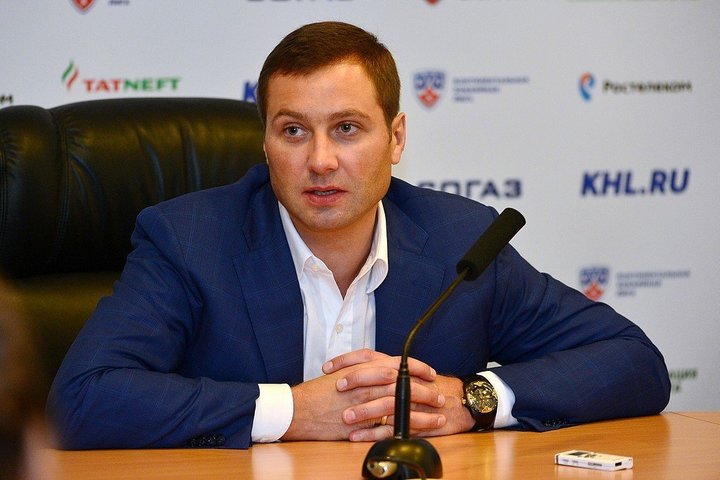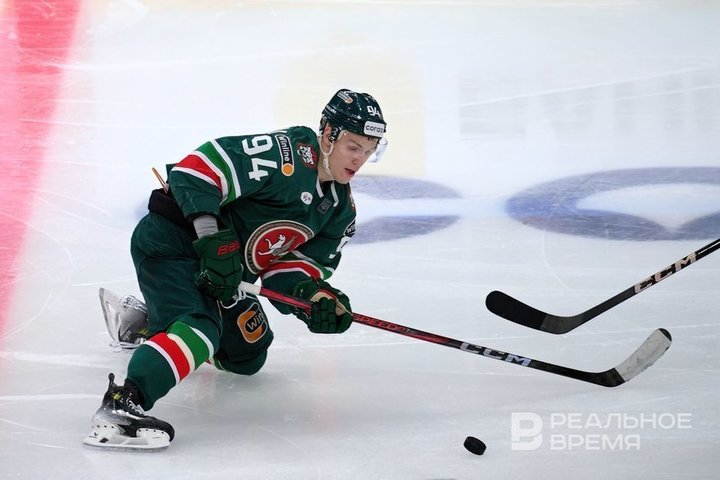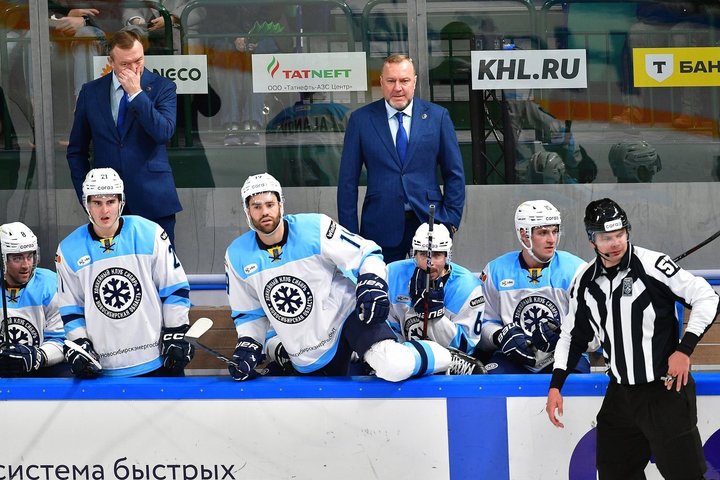‘It runs counter the president’s stance’: why did RIHF ‘stick in the throat’ of the KHL Junior Draft?
A new round of showdowns between the federation and the league

The Kontinental Hockey League (KHL) announced the revival of its junior draft mechanism. The decision should help equalise the strength of the teams as well as increase the chances of young hockey players to play at the highest level. However, the Russian Ice Hockey Federation (RIHF) intervened in the matter, disagreeing with the mechanism of the talent fair. Read about what is wrong with the draft and why the KHL and RIHF cannot get along in a report of Realnoe Vremya.
“It may contribute to his departure to foreign leagues”
A scandal broke out in Russian hockey in early November, the scale of which will only become known after some time. On 4 November, the Kontinental Hockey League (KHL) announced the idea of reviving the draft system for young hockey players. Such a mechanism existed in the KHL from 2009 to 2016, but it never took hold in the tournament. Now the league will try to resume the junior fair.
The KHL announces the creation of a working group on the revival of the fair — a system for distributing rights to talented juniors between the league's clubs. This institution should help clubs obtain high-quality young hockey players, and the players themselves — game practice in the KHL club system, the press service said in a statement.

In the near future, the KHL will meet as part of a working group, which should include club leaders, managers, agents and hockey experts. A public press conference on the draft procedure was expected to take place in mid-November.
The position of the Russian Ice Hockey Federation (RIHF) may hinder the revival of the KHL Junior Fair. They have come out strongly against the revival of the draft system. The federation believes that such a step is detrimental to the development of Russian hockey.
“The selection of a talented player by a hockey club against his will may contribute to his departure to foreign leagues, which runs counter to the position of Russian President Vladimir Putin to counter the outflow of young players. The RIHF believes that the fair procedure proposed by the KHL — a system for distributing rights to talented juniors between the league's clubs — destroys the established system of domestic hockey,” the RIHF statement says.
Pros of the Junior Draft
Meanwhile, the KHL did not decide to revive the junior fair for no reason. In fact, the league intends to solve two main problems in this way — equalising clubs and increasing the chances of promising hockey players. In addition, the draft is almost the only mechanism copied from the NHL that has not yet been implemented in Russia. It is no secret that the KHL was created as an alternative to the hockey system built in North America. Therefore, it is not surprising that important components of American leagues are transferred to Russian realities.

The KHL has long been using various measures to contain the gap between rich and poor teams. Thus, serious restrictions on the salary cap and transfers from partner clubs are already in place. In addition, there are bans on the number of players in the application, etc. Work is underway in this direction, and the draft should help equalise the chances of teams.
The second aspect follows from the first. In Russian sports, there is a long-standing trend of the outflow of the most talented athletes to the system of large clubs. Often, Moscow and Petersburg academies attract promising 10-12-years-old players. This happens in all sports, including hockey and football. At the same time, it is obvious that not everyone manages to play for the main team, because such clubs are able to complete their rosters through transfers of established athletes.
And the draft just assumes a fair redistribution of those very young talents. The teams that have been among the outsiders in recent years have the highest chances of getting the best player of a certain age. In theory, such clubs will give more playing time to promising young people, which will allow them to start fighting for higher places in the standings in the future.
Cons of the draft
But in practice, the mechanism does not work in Russia yet. From 2009 to 2016, Novokuznetsk Metallurg was chosen first twice at the previous KHL draft, and Amur, Admiral, Sochi and Sibir were chosen once each. We will not talk about SKA and CSKA, but the picture is unpleasant, the outsider clubs did not receive any special dividends from the junior fair.

Another disadvantage of the draft was voiced by the FHR. There are not as many private hockey schools in Russia as in North America. Most young athletes in our country are raised with state funds. Or with money allocated by clubs for their academies. They don’t want to lose talent there just like that.
“The Russian economy of training a professional hockey player is fundamentally different from the North American one, and therefore the draft system of distributing young players does not work in the conditions of domestic hockey, since bringing a young athlete to a professional contract is carried out with the money of a school or hockey club,” the FIHR press service clarifies this point.
There is another point. How attractive will it be for talented Muscovites or Petersburgers to move to, say, Khabarovsk? Or for a Kazan players to Vladivostok or Tolyatti where clubs have already dropped out of the KHL once due to lack of funding? Or, on the contrary, will parents want to let a Khabarovsk resident go to regions of the country far from them? This question should worry hockey functionaries even more than money or other issues.
A new round of showdowns between the FHR and the KHL
Thus, the dispute between the FHR and the KHL is complicated by the fact that both sides have firm arguments for their position. The league’s withdrawal from the influence of the federation also does not add optimism. In the summer, the KHL officially left the jurisdiction of the FIHR and the International Ice Hockey Federation (IIHF), taking advantage of changes in Russian laws. Since then, the so-called underhanded game has begun between the organisations, in which each side appeals to the support of the country's authorities.
After leaving the FIHR, the league immediately made a number of significant decisions. The KHL immediately relaxed the limit on foreign players, increasing the quota for teams from three to five foreigners in the application, and also lengthened the season calendar. The second thing hits the FIHR hard, because from now on the schedule in the country's main hockey league does not take into account the interests of the national team, which, before the sanctions, participated in the world championships every spring.
A kind of “response” from the federation was the statement of the IIHF. The international organisation issued a statement that it no longer recognizes contracts of players concluded with KHL clubs. The already difficult negotiations with foreign hockey players risk becoming practically insoluble after such a decision by the IIHF.
The junior draft launches a new round of showdowns. And it is still completely unclear who will emerge victorious from this “war” between the KHL and the FIHR. But this will definitely create huge problems if Russian hockey returns to the world arena.